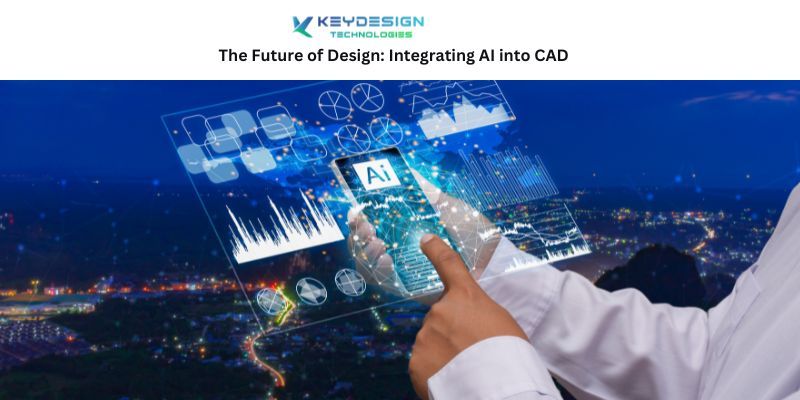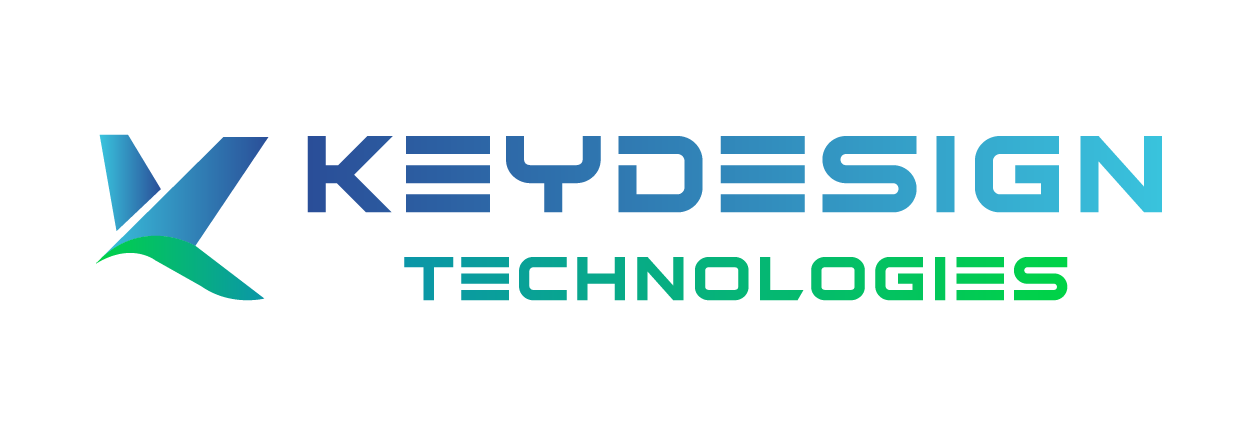
In the world of engineering and design, Computer-Aided Design (CAD) has been a game-changer, enabling professionals to create precise and complex designs with efficiency. However, as technology advances, the next big evolution in CAD is the integration of Artificial Intelligence (AI). This fusion is set to redefine design processes, enhance productivity, and unlock new creative possibilities.
How AI is Transforming CAD
- Automating Repetitive Tasks
Designers often spend significant time on repetitive tasks such as dimensioning, pattern creation, and file organization. AI-powered CAD systems can automate these processes, allowing engineers to focus on innovation rather than mundane operations.
- Generative Design
One of the most exciting advancements AI brings to CAD is generative design. AI algorithms can analyse design constraints, materials, and objectives to generate multiple design iterations automatically. This enables engineers to explore optimized solutions faster than traditional methods.
- Predictive Analysis and Error Reduction
AI can help identify potential design flaws by analysing historical data and real-time inputs. Predictive modelling ensures that errors are minimized early in the design phase, reducing costly revisions and manufacturing defects.
- Intelligent 3D Modelling
AI enhances 3D modelling by enabling smart recognition of components, auto-suggesting design modifications, and even predicting design improvements based on prior projects. This speeds up the design workflow and ensures consistency across projects.
- Natural Language and Voice Commands
AI-driven CAD software is increasingly incorporating natural language processing (NLP) and voice recognition. Designers can issue voice commands to modify models, retrieve data, or navigate complex design features, making CAD more intuitive and user-friendly.
The Impact on Industries
The integration of AI into CAD is already making waves across various industries:
- Aerospace & Automotive: AI-driven generative design helps create lightweight yet durable components, improving fuel efficiency and performance.
- Architecture & Construction: AI assists in structural analysis, sustainability assessments, and optimizing space utilization.
- Manufacturing: AI enhances design for manufacturability, ensuring that parts can be efficiently produced with minimal waste.
Challenges and the Road Ahead
While AI in CAD offers remarkable benefits, challenges remain, including the need for skilled professionals to adapt to AI-driven workflows and ensuring data security in cloud-based AI-CAD platforms. However, as AI continues to evolve, these hurdles will be progressively addressed, leading to smarter, faster, and more efficient design processes.
Conclusion
The integration of AI into CAD marks the dawn of a new era in design engineering. By automating repetitive tasks, enhancing creativity, and reducing errors, AI is revolutionizing the way professionals approach design. As AI technology matures, the future of CAD will be more intelligent, collaborative, and innovative, shaping the next generation of engineering solutions.
